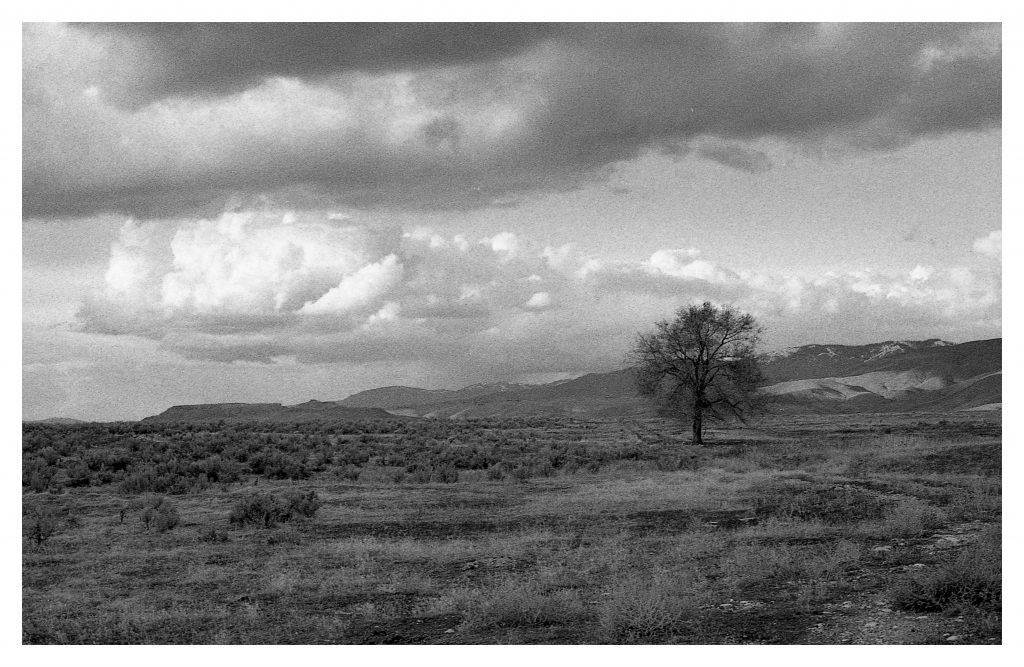Don't miss our holiday offer - 20% OFF!

Read also : Disaster Risk Mitigation on the Coastline with IoT Sensors
In an era where weather information accuracy is increasingly crucial, weather sensor technology stands as a key pillar in ensuring precise predictions. This article unveils the curtain into the world of weather sensors, elucidating their technology and their crucial role in providing much-needed weather information.
Contents
How Weather Sensors Work: A Comprehensive Overview

Read also : Flood Weather Sensor: Advanced for Prediction and Mitigation
Weather sensors are sophisticated technologies capable of measuring various atmospheric parameters. From air temperature to wind speed, weather sensors provide the foundational data for weather predictions. Utilizing Micro-Electro-Mechanical Systems (MEMS) sensors, modern weather sensor technology delivers high levels of accuracy in real-time.
The Importance of Accurate Information in Weather Predictions

Read also : Water Current Sensor: Unveiling Accurate Technological Insights
Accuracy in information from weather sensors is at the core of reliable weather predictions. The combination of data from various weather sensors, distributed globally, allows meteorologists to form more accurate and responsive models to dynamic weather changes.
Benefits of Weather Sensor Connectivity with IoT Technology

Read also : Security and Privacy in Connected Parking Systems: Challenges and Solutions
Weather sensors connected to the Internet of Things (IoT) enable efficient data collection and exchange. This not only expedites weather predictions but also opens the door to broader access to weather information, from the general public to governmental entities.
Conclusion
With the continuous evolution of weather sensor technology, weather predictions become more accurate and responsive. From the workings of sensors to the benefits of connectivity with IoT technology, we can rely on weather sensors to provide necessary weather information for various purposes, from daily planning to preparing for significant weather changes. A progressive step in understanding and managing the increasingly complex weather variability in our world.





